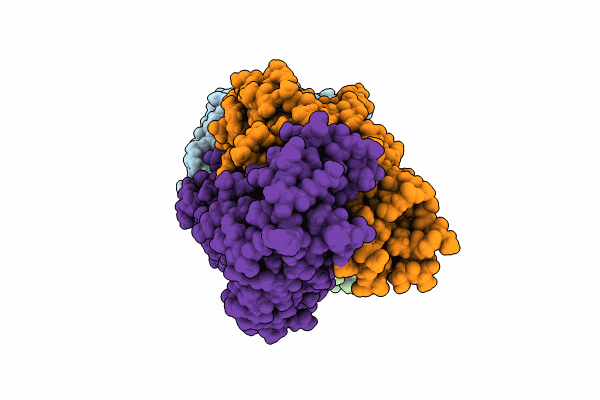
Deposition Date
2023-09-28
Release Date
2024-10-16
Last Version Date
2025-05-14
Entry Detail
PDB ID:
8UDR
Keywords:
Title:
Structure of the P1B7 antibody bound to the Sotorasib-modified KRas G12C peptide presented by the A*03:01 MHC I complex
Biological Source:
Source Organism:
Homo sapiens (Taxon ID: 9606)
Host Organism:
Method Details:
Experimental Method:
Resolution:
3.10 Å
Aggregation State:
PARTICLE
Reconstruction Method:
SINGLE PARTICLE


